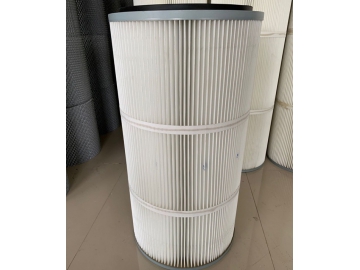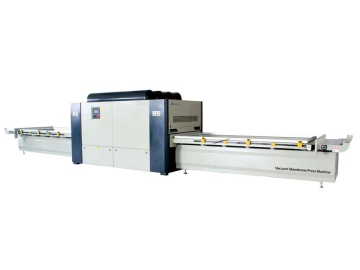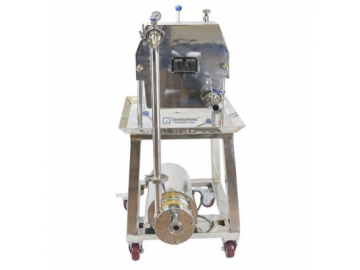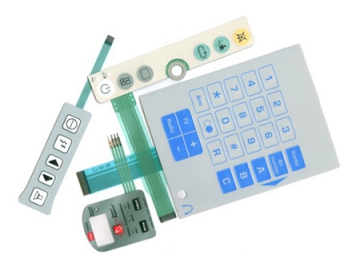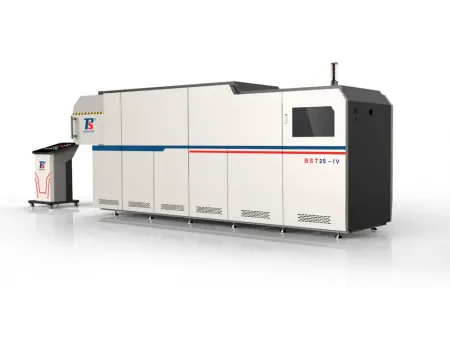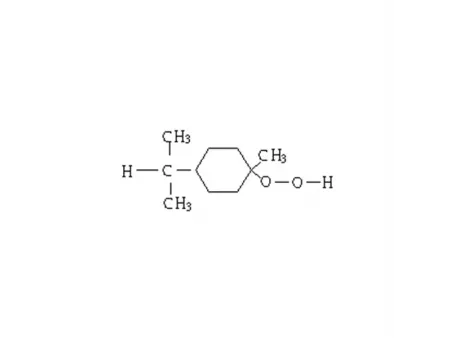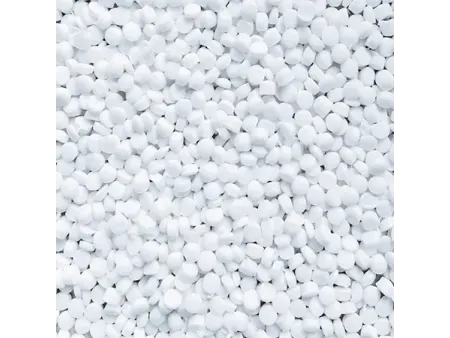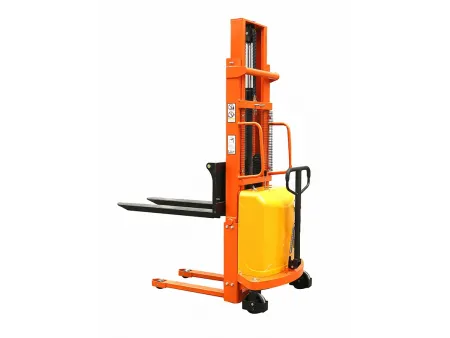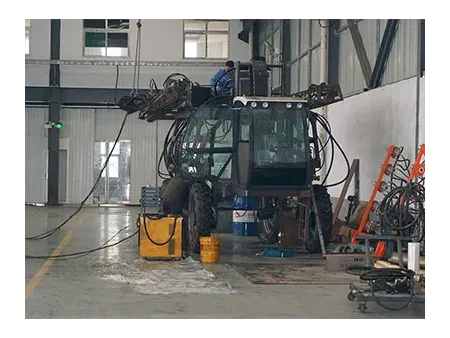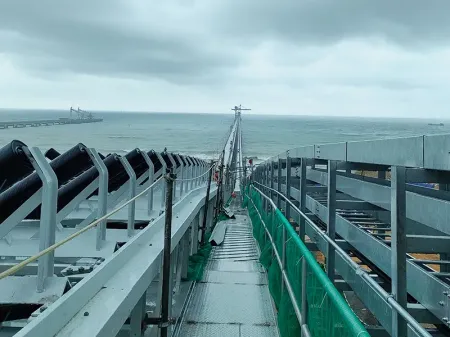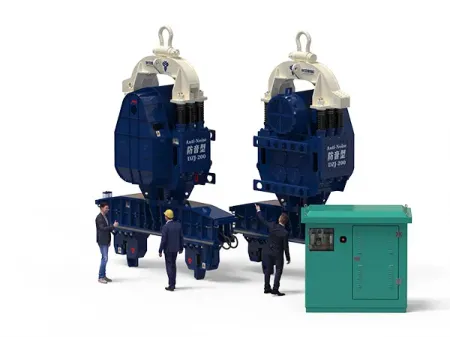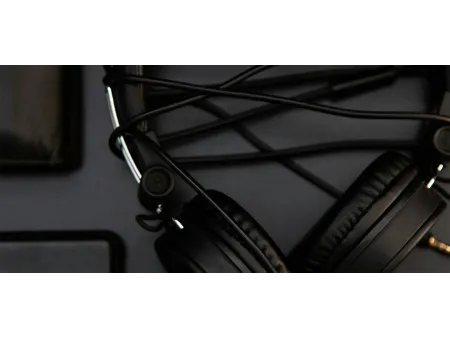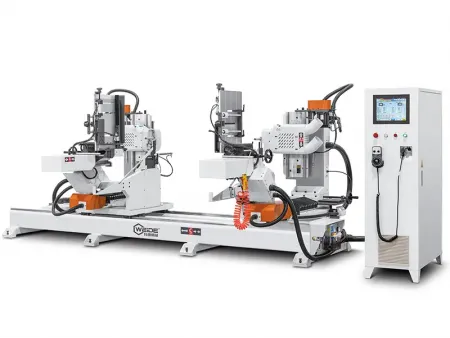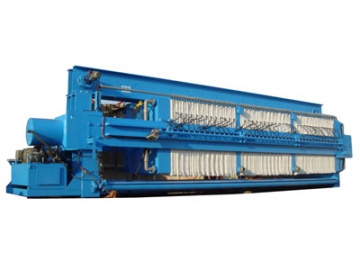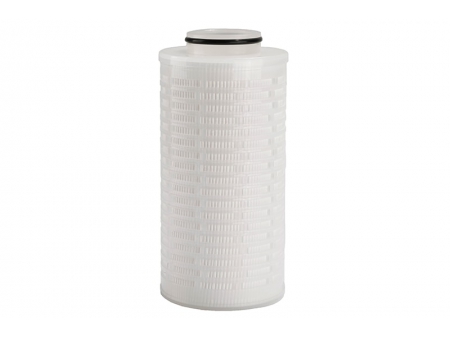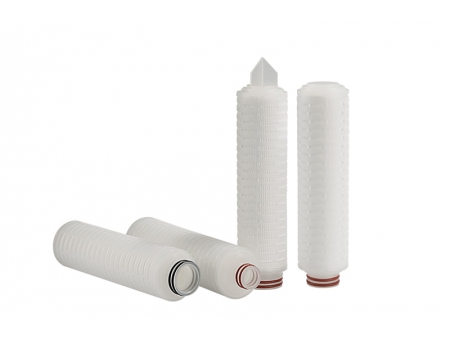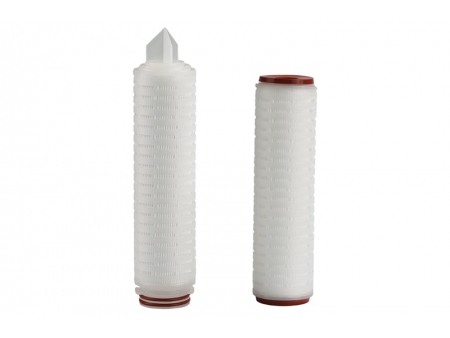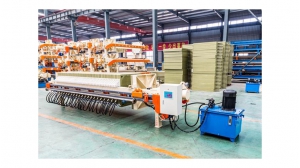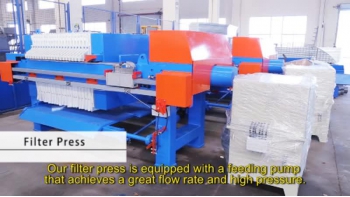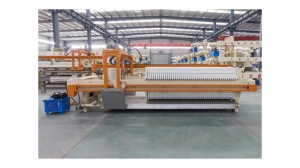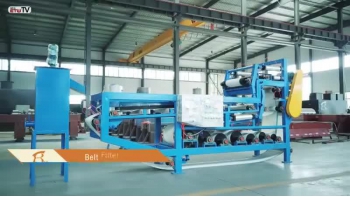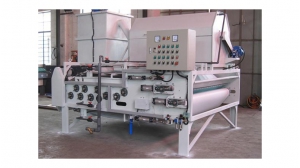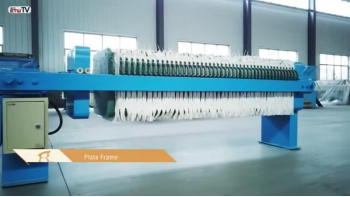Membrane Filter Press
Automatic Membrane Filter Press
The initial operation of the membrane filter press is nearly identical to that of a recessed chamber filter press. However, once the filtration cycle is complete, and the final filtration pressure achieved, the feed into the filter press will halt. It is at this point that the plates within the filter press are inflated, using either air or hydraulic pressure to exert a mechanical force on the filter cake remaining in the chamber.
The squeezing effect is designed to physically compress the filter cake, and force out additional moisture held within the cake, offering a drier end result. This reduces the filter cake moisture content, reduces the filtration cycle time, and improves the cake washing performance.
Application
Membrane filter press technology reduces subsequent processing and disposal costs for filter cakes. In applications, the membrane filter press significantly reduces residual moisture content, making this technology appealing to new plants and for those seeking to upgrade current facilities. With this filter press, the careful selection of the plate and membrane materials is necessary to the successful performance of the automatic membrane filter press. Plate sizes for the membrane filter press are available in the following sizes: 800mm, 1250mm, and 1500mm.
Presentation
Membrane filter press plates have a chamber below the drainage surface that can be inflated. The inflation process is most often achieved using water pressure generated by pumping water into the squeeze cavity to inflate the face of the plate against the filter cake. Membrane plates are used to reduce the cake moisture content and shorten the filtration cycle time.
Mix pack membranes are the most common configuration (one recessed plate and one membrane plate that alternate in the press plate pack). Membrane plates typically operate at a feed pressure of up to 7 bar and a squeeze pressure up to 16 bar. Special plates can be designed for a higher feed and squeeze pressure.
Replaceable membranes are also easily changeable. The PP thermoplastic and other compounds are used for specific conditions. During the initial phase of the filtration cycle, the “fill and filtration” process is similar to a chamber filter press. After reaching a pre-set pressure, (usually around 3-7 bar), depending on the sludge characteristics, the slide feeding will halt and PP membranes will inflate using either water or air as the squeezing mechanism. The cake is then compressed and dewatered further, and finally, the squeeze medium is relieved and the cake discharged.
Caution
The membrane squeezing procedure should take place only after the chamber is completely filled. A membrane inflated with an empty chamber will reduce the plate service life, as well as possibly damage the plates.
Technical Parameters:













